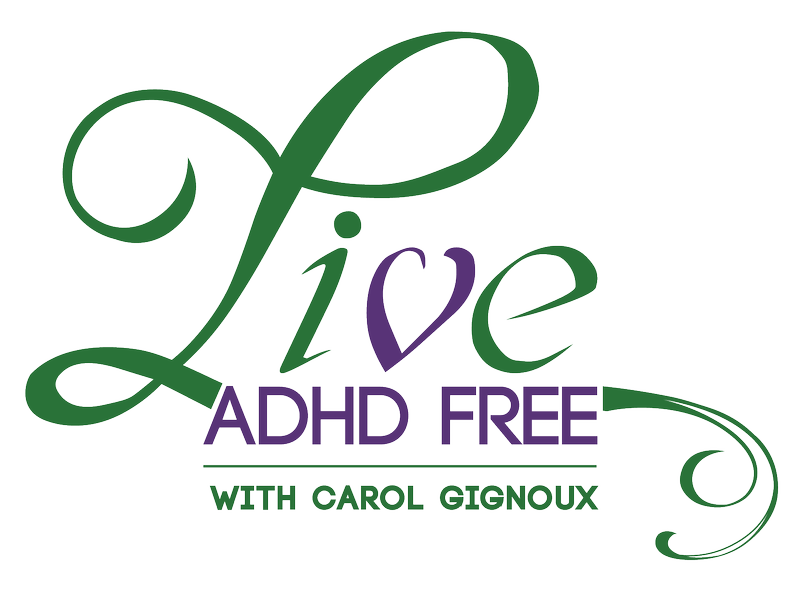Brace yourselves. This post is about to get scary.
I want to talk about fear. Fear is a hugely important biological tool. In its most basic form it means, “Your survival is in danger! Fight for your life or run away as fast as you can!” Now, our ADHD brains don’t only reserve fear for those life-or-death moments any more…it can be triggered in our rapid-fire minds by just about anything.
I think the healthiest way to handle fear is to get it out in the open and give it a good, hard look.
 This is the list of the types of fear that my clients struggle with the most:
This is the list of the types of fear that my clients struggle with the most:
- Failure
- Rejection
- Revealing weakness
- Criticism
- Humiliation
- Getting a bad reputation
- Damage to relationships
- Confusion
- Losing trust
- Making decisions
- Looking stupid
- Responsibility that you can’t live up to
- Never being understood
- Proving naysayers and bullies right
- Disappointing yourself
- Disappointing others
- Losing employment
- Getting dumped
- Social awkwardness
- Going broke
- Getting hurt
- Making a mistake
- Being judged
- Missing out on love
Are all of your big fears on that list? Are there any fears I didn’t mention, but should’ve? (Tell me in the comments section below!) How does seeing this list of fears make you feel?
I hope that you feel some relief, because this is confirmation in black and white that your deep, dark fears aren’t unique to you. ADHD or not, everybody feels these fears at some point. In my experience, that statement either bugs you, or it sets you free.
If you’re in the first group, I bet you’re thinking, “Who cares what’s true for everyone else? It doesn’t change my experience.” To you, I say, I understand the protective nature of wanting to focus solely on your own situation, but a lot can be learned by acknowledging your similarities to others rather than your differences or whatever “special” traits set you apart.
If you’re in the second group, you might be very comforted by this reminder that you are normal! Fear is a part of life. It is a guaranteed, natural, expected, unavoidable part of being alive. You cannot be cheerful and safe and entertained every moment of every day. Fear finds its way to everyone.
So what do you do about it? If fear is something we must live with, how do you keep it from being destructive? This is what my most successful clients have done to get past their fears.
- Get comfortable with the discomfort. As I said before, fear is inescapable. Too often clients feel so worried about the looming possibility of feeling afraid, it sends them into a negativity spiral. Life is better when you acknowledge the simple fact that some days will be good and some days will be bad. You can’t always control when a bad day comes around, but you can control your reaction to it.
- Use fear as a clue. When you feel the fear starting, challenge yourself to get some distance from it and look at it like a scientist or a detective. When, where, how, why did the fear begin? What is your fear trying to tell you? Is it productive or destructive? Is it a spidey-sense that something bad is about to happen? (Listen, and use caution!) Is it your personal comfort zone zapping you because you’re about to do something new? (Tell it to shut up and go for it!) Your body is sending you a message whenever you feel fear. It’s your job to listen to it, and choose your course of action accordingly.
- Don’t let fear hide in the shadows. This practice particularly applies to interpersonal situations. Whether it’s a fight between you and your spouse, or a serious discussion with your boss at work, or something else, stating that you feel fear can help a lot. Sometimes the best thing you can do in an argument is to say, “I feel afraid.” People act strangely when they’re afraid: tight body language, twitchy, bad eye contact, quiet speech, and so on. The person you’re talking to can misinterpret your fear as standoffishness, rudeness, antagonism or even flippancy. When you drag your fear into the light, then everybody involved can help resolve it.


1 comments on “Nothing to Fear But…Fear?”